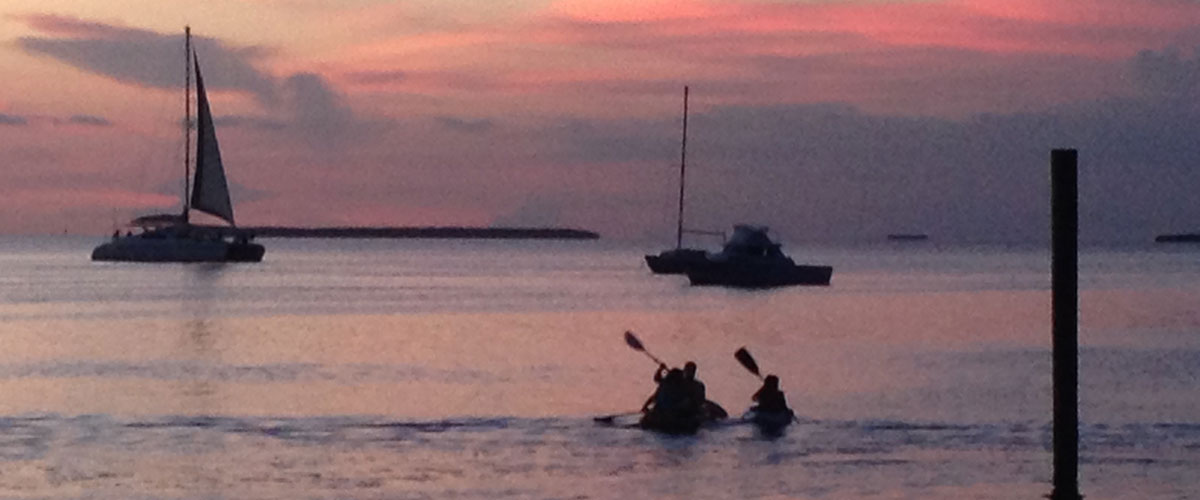Linking the Economy and Environment of the Florida Keys/Florida Bay 1995-96

"Linking the Economy and Environment of the Florida Keys/Florida Bay 1995-96" was designed to estimate the market and nonmarket economic values of recreation/tourism uses of the marine resources of the Florida Keys/Florida Bay ecosystem, provide a practical demonstration of how market and nonmarket economic values of an ecosystem can be considered an integral component of the economy of a region when formulating sustainable development objectives and policies, and foster cooperative management processes.
Partnership
This project was conducted through a unique partnership between federal and local public agencies and a private nonprofit organization sponsored by the NOS Partnership Program. Two offices within NOAA -- The Office of Ocean Resources Conservation and Assessment, Strategic Environmental Assessments Division, and the Office of Ocean and Coastal Resources Management, Sanctuaries and Reserves Division, Florida Keys National Marine Sanctuary -- together with The Nature Conservancy (TNC), Florida Keys Initiative, and The Monroe County Tourist Development Council (TDC), originally entered into the cooperative agreement. The funding partners pooled a total of $325,400. NOAA committed $275,400, TNC $35,000, and the TDC $15,000. Local businesses have also contributed greatly with in-kind contributions, including free campsites for the Bicentennial Volunteers (retired couples who did survey interviewing) and contributions to a lottery/sweepstakes that provided an opportunity for visitors to win a free vacation to the Florida Keys if they returned the mailback portion of their survey.
Objectives
The overall project objectives are to (1) estimate the market and nonmarket economic values of recreation/tourism uses of the marine resources of the Florida Keys/Florida Bay ecosystem; (2) provide a practical demonstration of how both market and nonmarket economic values of an ecosystem can be considered integral components of the economy of a region when formulating sustainable development objectives and policies; and (3) foster the goal of improving cooperative management processes.
Surveys
The project involved two of the largest and most comprehensive survey efforts ever conducted for any U.S. county. Both residents and nonresidents (visitors) of Monroe County, Florida (the Florida Keys/Key West) were surveyed. The visitor survey was conducted through an interagency agreement with the U.S. Forest Service, the University of Georgia's Environmental and Resource Assessment Group, and Bicentennial Volunteers, Inc. More than 8,000 visitors were interviewed to obtain information on the recreation activities of more than 20,000 visitors. The visitors’ survey was completed, and several reports are available here to be viewed or downloaded as PDF files.
Florida State University's Policy Sciences Program (Survey Research Center) conducted the resident survey. More than 2,900 households in Monroe County were included in a combination telephone/mailback survey. The survey was conducted from July 8 to November 21, 1996, and was used to estimate activity participation, extent of use (measured in days), the economic contribution (sales, output, income, employment) of the export sector of residents spending on outdoor recreation activities, and importance and satisfaction ratings on 25 natural resource attributes, facilities and services.

